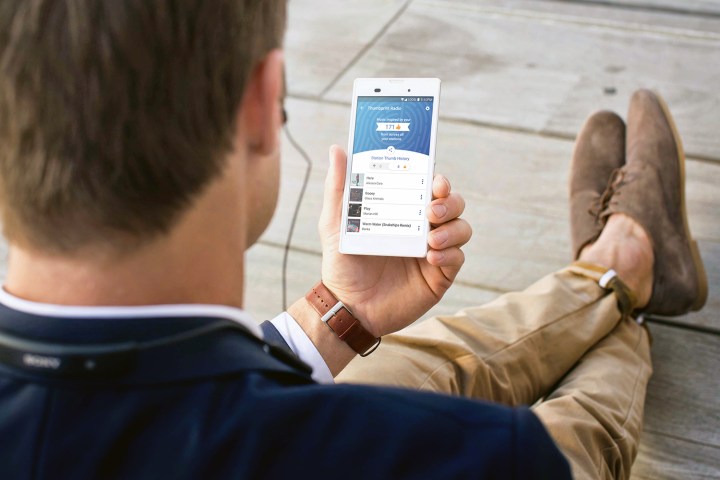
The upgrade to its ad-free radio platform includes the ability to skip more songs per hour and replay more songs, and adds the option for offline playback of radio-style playlists for the first time ever.
It’s a sizable increase in functionality to the midtier streaming service, one the company probably hopes will help grow subscriptions before it launches its upcoming full, on-demand option later this year.
Pandora announced Monday that it had secured licensing deals with two of the three major labels for its upcoming $10-per-month on-demand service, with more than 30 indie labels and distributors also on board. The final major label, Warner Music, is currently in negotiations with Pandora, and is expected to ink a deal with it imminently.
Offering its current paid users better features, and eventually offering an on-demand service, seem like intelligent moves for the music streaming company. Pandora Plus will likely continue Pandora One’s reign as the king of the midtier of online music streaming — a great choice for those who don’t want ads, but who also don’t need the extra features that come with Apple Music or Spotify subscriptions.
If the new on-demand service is a success, the company will be the only streamer to offer a one-two punch in the streaming marketplace, with a $5 service for those who want ad-free, radio-style playback, and a $10 option for those who want to pick as they go.
Pandora currently boasts more than 70 million monthly users, and if its upcoming on-demand service is able to secure even 10 percent of that user base upon launch, it will instantly be the third most-used option on the market.
Download for iOS Download for Android



